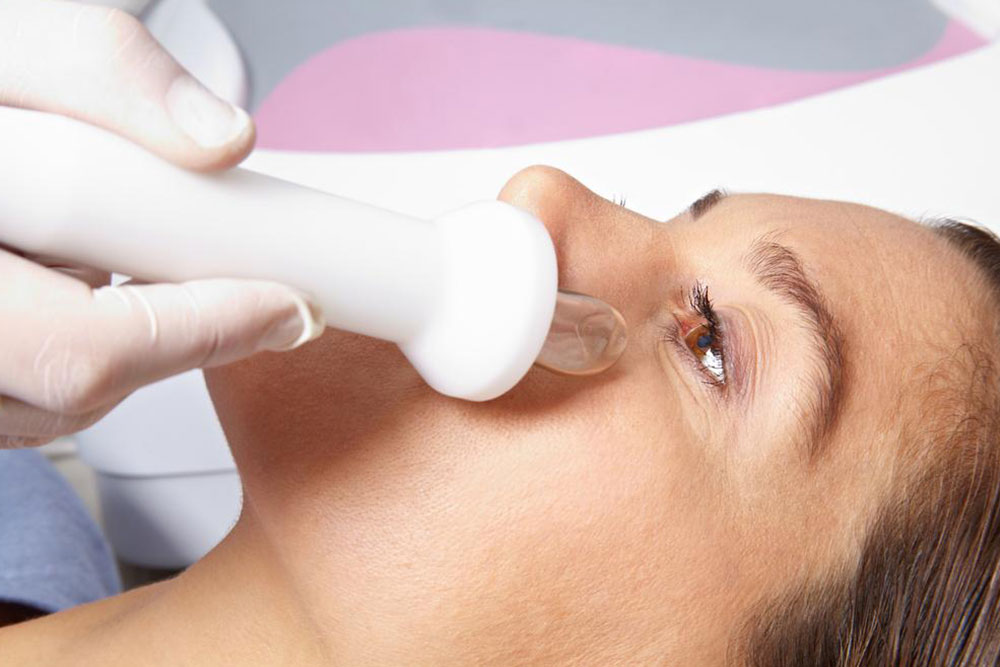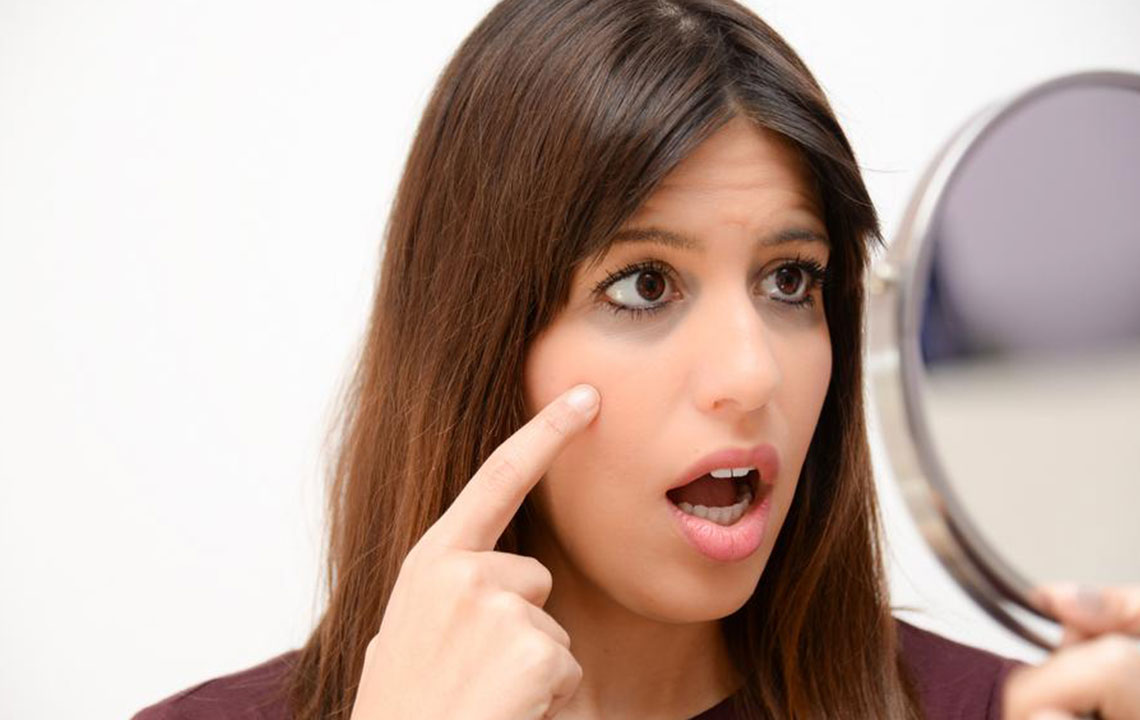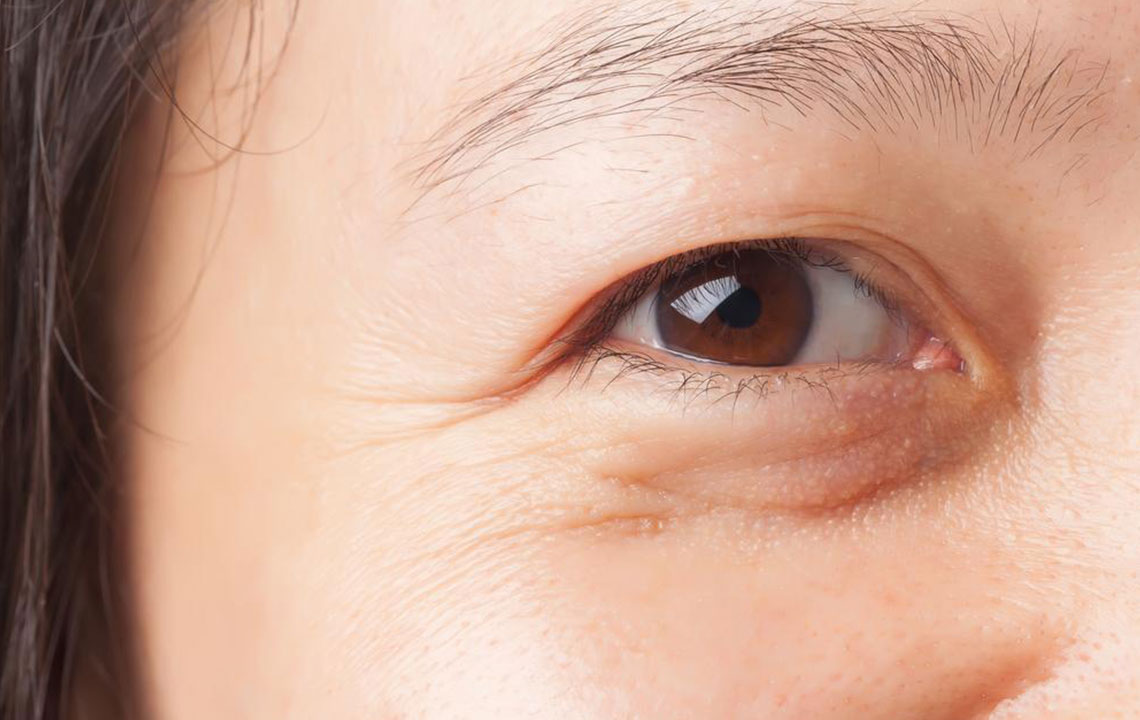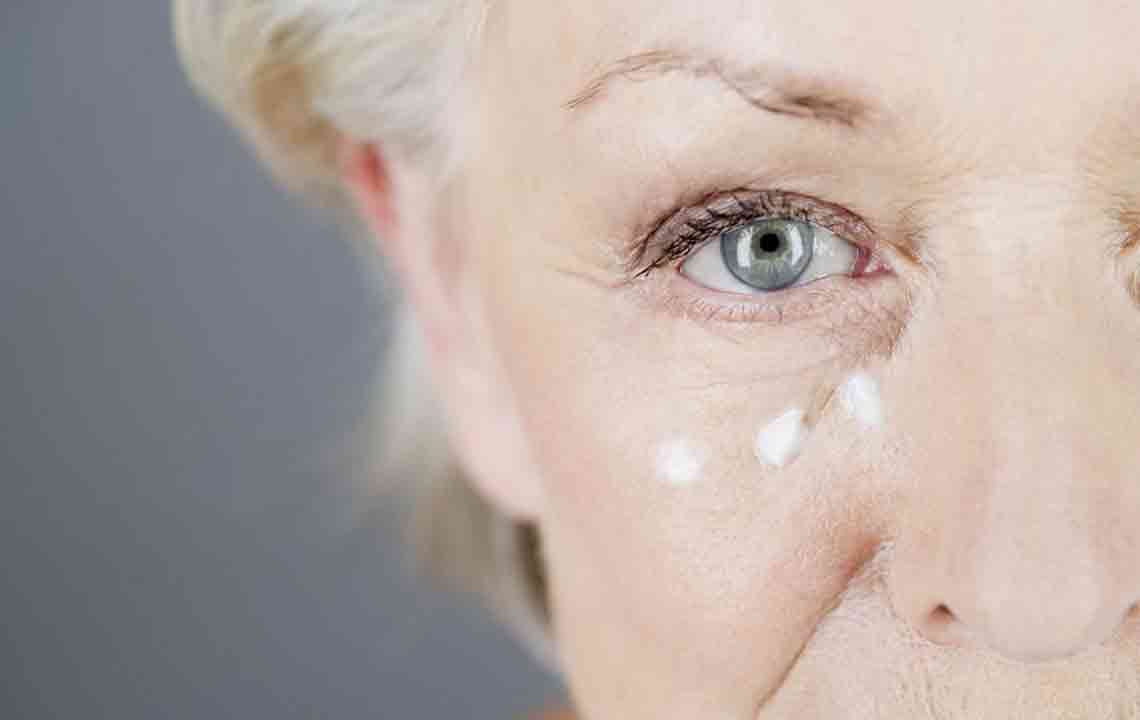Comprehensive Guide to Reducing Under Eye Puffiness and Dark Circles
This comprehensive guide provides in-depth insights into the causes, preventive strategies, and treatment options for under eye puffiness and dark circles. It discusses lifestyle habits, home remedies, and medical procedures like blepharoplasty and fillers, helping readers choose personalized solutions for a brighter, more youthful eye appearance. Enhance your confidence with expert tips and effective treatments tailored for both temporary and persistent cases, ensuring long-lasting results and healthier skin around the eyes.
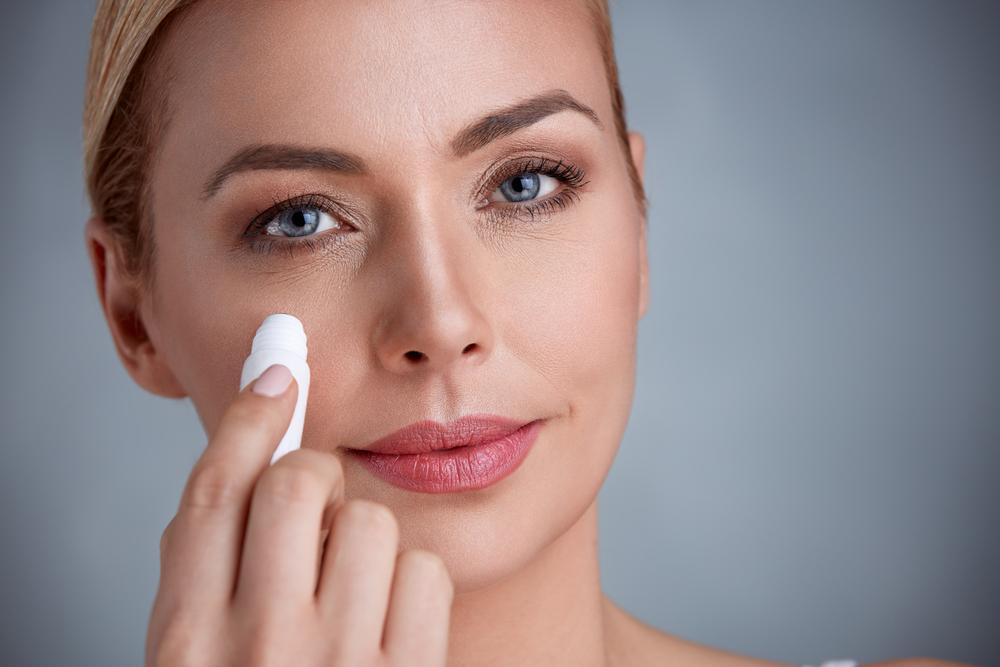
Under eye puffiness and dark circles are common cosmetic concerns that many people face, often leading to a tired or aging appearance. These issues can significantly impact self-esteem and daily confidence, prompting many to seek effective remedies and treatments. Understanding the diverse causes behind under eye swelling and darkness is crucial for selecting the most suitable approach—whether it's lifestyle changes, home remedies, or medical interventions. This detailed guide explores the root causes, preventive strategies, and available treatments to help you achieve a brighter, more refreshed eye area.
Understanding the Causes of Under Eye Puffiness and Dark Circles
Dark circles and puffiness under the eyes often have multifactorial origins. Recognizing these causes can aid in tailoring personalized treatments and effective prevention strategies. The primary factors include genetics, aging, lifestyle habits, allergies, and environmental influences.
Genetics and Hereditary Factors
Genetics play a significant role in determining skin characteristics, including vulnerabilities to under eye puffiness and dark circles. Some individuals inherit thinner skin or more prominent blood vessels beneath the eyes, making darkness more visible. This hereditary predisposition often manifests early in life and can persist despite lifestyle modifications.
Age-Related Changes and Facial Fat Composition
The natural aging process profoundly affects the skin and tissues surrounding the eyes. Over time, facial fat, which provides volume and support, diminishes in key areas like the cheeks, leading to hollowing and sagging skin. This loss accentuates the appearance of under eye bags or puffiness. Additionally, the skin becomes thinner and loses elasticity, further exacerbating dark circles and sagging.
Weakening of the Orbital Septum and Fat Sagging
The orbital septum is a critical supportive membrane that holds fat deposits in place around the eyes. With age or hereditary factors, this septum weakens, allowing fat to protrude forward, creating prominent bulges beneath the eyes. This condition often results in a tired or aged look and may require medical intervention for correction.
Lifestyle and Environmental Contributors
Lack of Sleep: Insufficient rest can cause fluid retention and skin dullness, leading to puffiness and dark circles.
Stress: Chronic stress can impair circulation and skin health, worsening under eye conditions.
Diet: High salt intake causes water retention, swelling, and puffiness.
Alcohol Consumption: Excessive alcohol dehydrates the skin, making puffiness more pronounced.
Smoking: Nicotine accelerates skin aging and reduces blood flow, aggravating dark circles and sagging skin.
Environmental Exposure: Sun damage and pollution can weaken skin integrity and promote discoloration.
Effective Treatments for Under Eye Puffiness and Dark Circles
Depending on whether the puffiness is temporary or persistent, different treatment options are available. While lifestyle adjustments and home remedies may suffice for mild, transient swelling, more stubborn cases often require cosmetic procedures or medical treatments for lasting results.
Surgical Interventions
For cases driven by excess fat or significant sagging, surgical procedures such as blepharoplasty are considered the most effective solutions. Blepharoplasty involves small incisions, usually hidden in the natural creases of the eyelids, through which excess fat and skin are carefully removed or repositioned. This procedure can markedly improve the appearance of under eye bags and dark circles caused by fat herniation or skin laxity. Typically, recovery takes about one week, with noticeable results visible within six weeks as swelling subsides and healing progresses. The benefits of blepharoplasty are long-lasting, often maintaining youthful results for years, making it a favored choice for those with significant structural concerns.
Non-Invasive Alternatives and Minimally Invasive Treatments
Not everyone desires surgery, especially if the puffiness is temporary or mild. Non-surgical approaches like dermal fillers and other skin rejuvenation treatments offer effective, quick, and less invasive options.
Dermal Fillers: Using hyaluronic acid-based fillers, practitioners can restore volume in the cheek area, which helps smooth the transition between cheeks and under-eye area. This method effectively reduces the appearance of hollowness and under eye shadows. Fillers provide immediate results, with minimal downtime, though mild swelling, redness, or bruising can occur temporarily.
Laser and Radiofrequency Treatments: These procedures stimulate collagen production, improving skin thickness and elasticity, thereby reducing dark circles and puffiness over time.
Chemical Peels: Light chemical peels can diminish pigmentation and brighten the under eye area, especially for those with darker circles caused by pigmentation issues.
Home Remedies and Lifestyle Tips to Reduce Under Eye Puffiness
Many people prefer natural, at-home solutions for daily maintenance and minor puffiness. While these remedies may not eliminate severe cases, they can be effective for reducing mild swelling and preventing its recurrence.
Reducing Salt Intake: Limiting dietary salt minimizes water retention and swelling.
Prioritizing Quality Sleep: Aim for 7-9 hours of restful sleep each night, and sleep on your back to prevent fluid accumulation around the eyes.
Managing Allergies: Taking antihistamines or avoiding known allergens can alleviate watery eyes and swelling caused by allergic reactions.
Hydration: Drinking plenty of water keeps skin hydrated and reduces swelling caused by dehydration.
Sun Protection: Wearing sunglasses and applying SPF helps prevent sun damage that worsens pigmentation and skin laxity.
Proper Skin Care: Using eye creams with ingredients like retinol, vitamin C, and peptides can strengthen skin and reduce dark circles over time.
Home Remedies:
Chilled cucumber or potato slices placed over closed eyes can cool the area, reduce swelling, and hydrate the skin.
Tea bag compresses—cooled green or black tea—act as natural anti-inflammatory agents, soothing puffiness and tired eyes.
Aloe Vera gel applied gently around the eyes can soothe and rejuvenate skin.
Soaking cotton balls in rose water and resting them on closed eyes refreshes skin and reduces inflammation.
Applying milk-soaked cotton pads provides nourishment and calming effects.
Witch hazel can be used as a natural astringent to tighten skin and reduce puffiness.
Applying beaten egg whites, which dry to tighten skin, can temporarily improve appearance.
Long-Term Strategies and Prevention
Prevention is always better than cure. Adopting a holistic approach that combines good lifestyle habits, skincare, and preventive measures can keep under eye puffiness and dark circles at bay.
Maintain a consistent sleep schedule and elevate your head during sleep to prevent fluid pooling.
Eat a balanced diet rich in antioxidants, vitamins, and minerals to support skin health.
Avoid excessive sun exposure; always wear SPF around your eyes.
Manage stress through activities like yoga, meditation, or hobbies to enhance circulation and skin health.
Regularly use gentle skincare products tailored for the delicate under eye skin.
Final Thoughts
Under eye puffiness and dark circles are common but manageable concerns with proper understanding and targeted treatments. While quick remedies and lifestyle adjustments can offer temporary relief, persistent issues may necessitate medical procedures like blepharoplasty or dermal fillers for optimal and lasting results. Consulting with a qualified dermatologist or cosmetic specialist is essential to determine the most suitable approach based on individual needs. By combining preventive measures with appropriate treatments, you can achieve a brighter, more rejuvenated eye contour, boosting your overall confidence and appearance.
